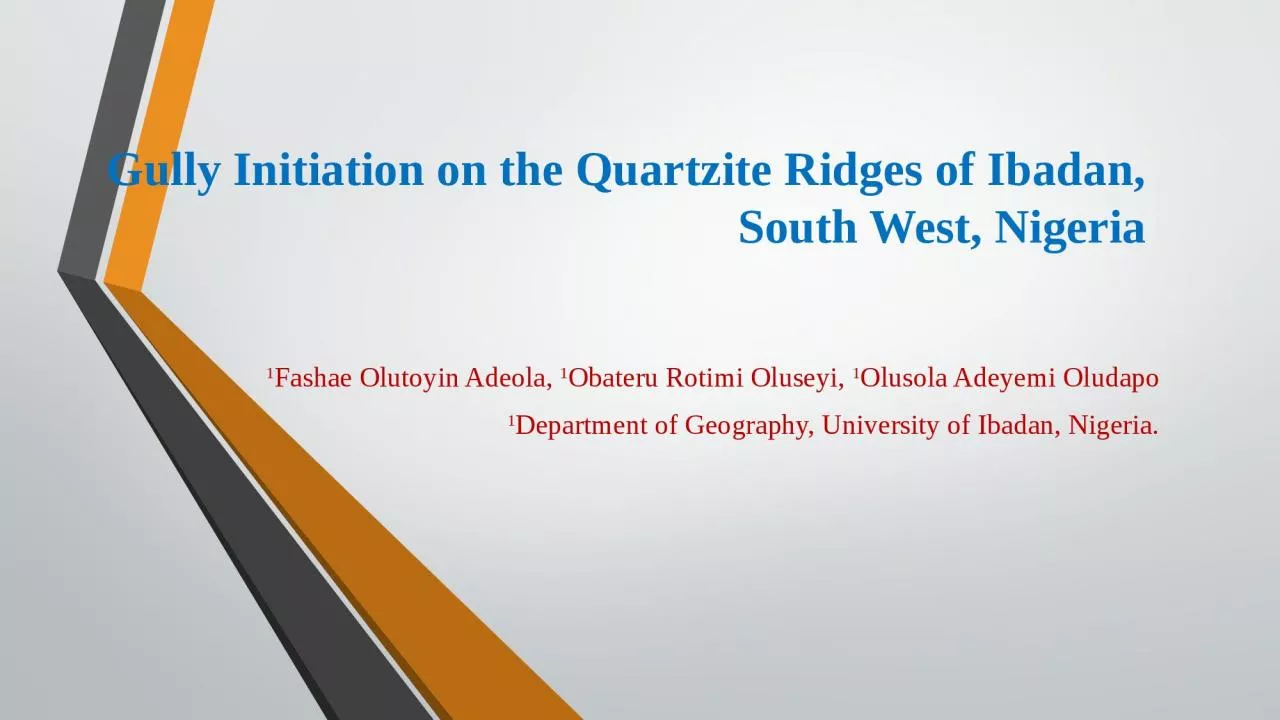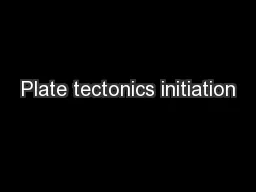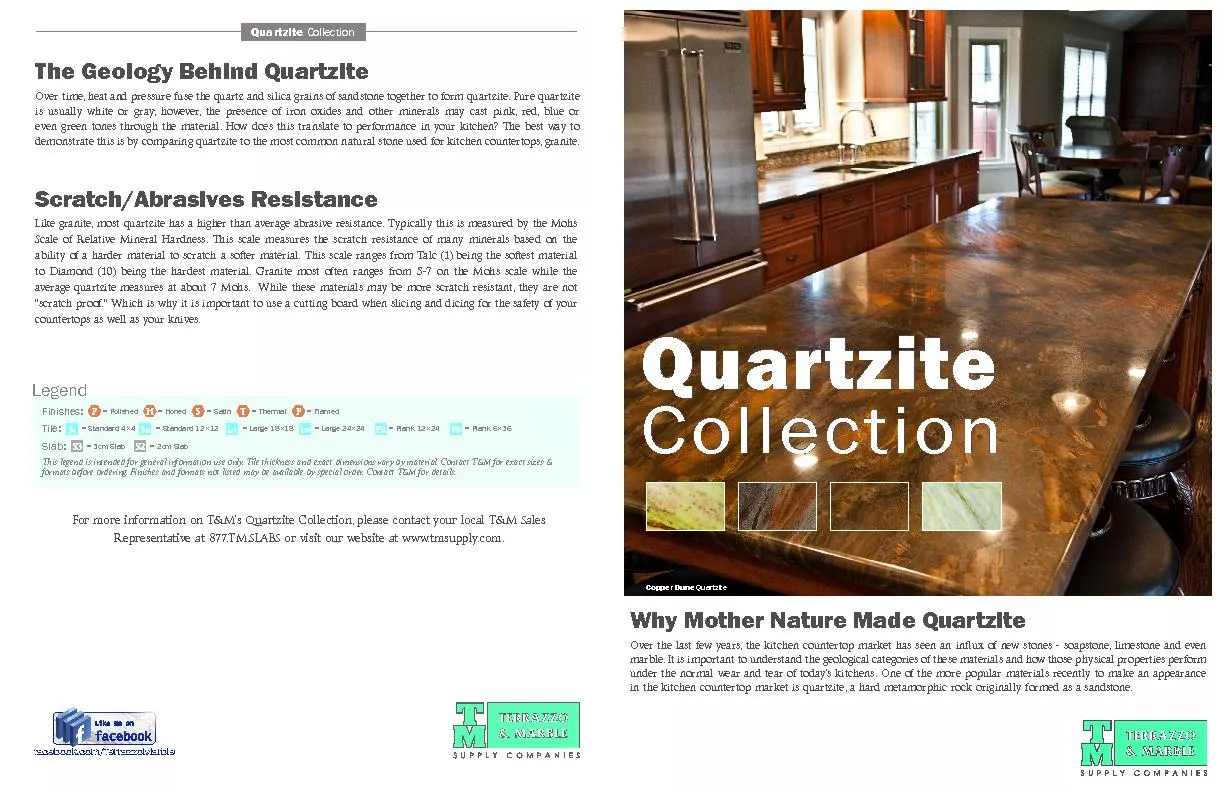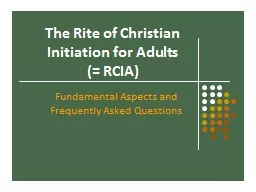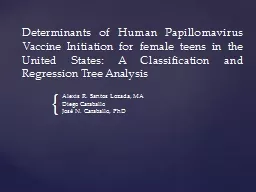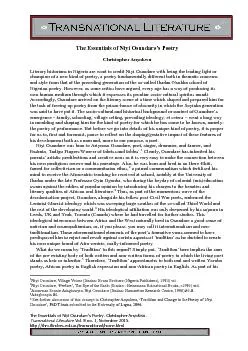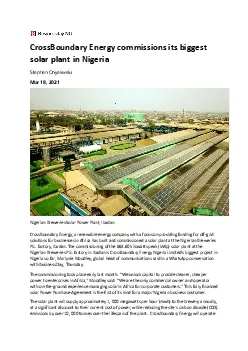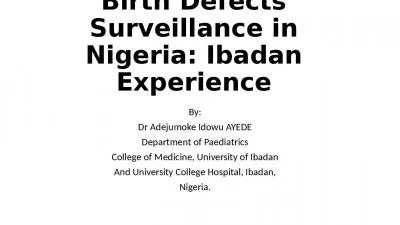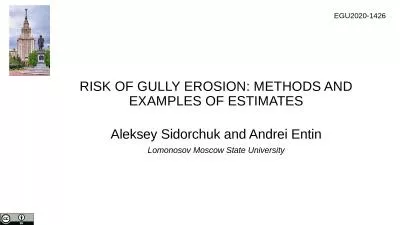PPT-Gully Initiation on the Quartzite Ridges of Ibadan, South West, Nigeria
Author : belinda | Published Date : 2023-10-26
1 Fashae Olutoyin Adeola 1 Obateru Rotimi Oluseyi 1 Olusola Adeyemi Oludapo 1 Department of Geography University of Ibadan Nigeria INTRODUCTION Patton
Presentation Embed Code
Download Presentation
Download Presentation The PPT/PDF document "Gully Initiation on the Quartzite Ridges..." is the property of its rightful owner. Permission is granted to download and print the materials on this website for personal, non-commercial use only, and to display it on your personal computer provided you do not modify the materials and that you retain all copyright notices contained in the materials. By downloading content from our website, you accept the terms of this agreement.
Gully Initiation on the Quartzite Ridges of Ibadan, South West, Nigeria: Transcript
Download Rules Of Document
"Gully Initiation on the Quartzite Ridges of Ibadan, South West, Nigeria"The content belongs to its owner. You may download and print it for personal use, without modification, and keep all copyright notices. By downloading, you agree to these terms.
Related Documents

